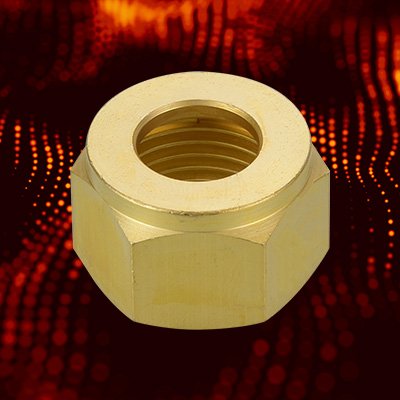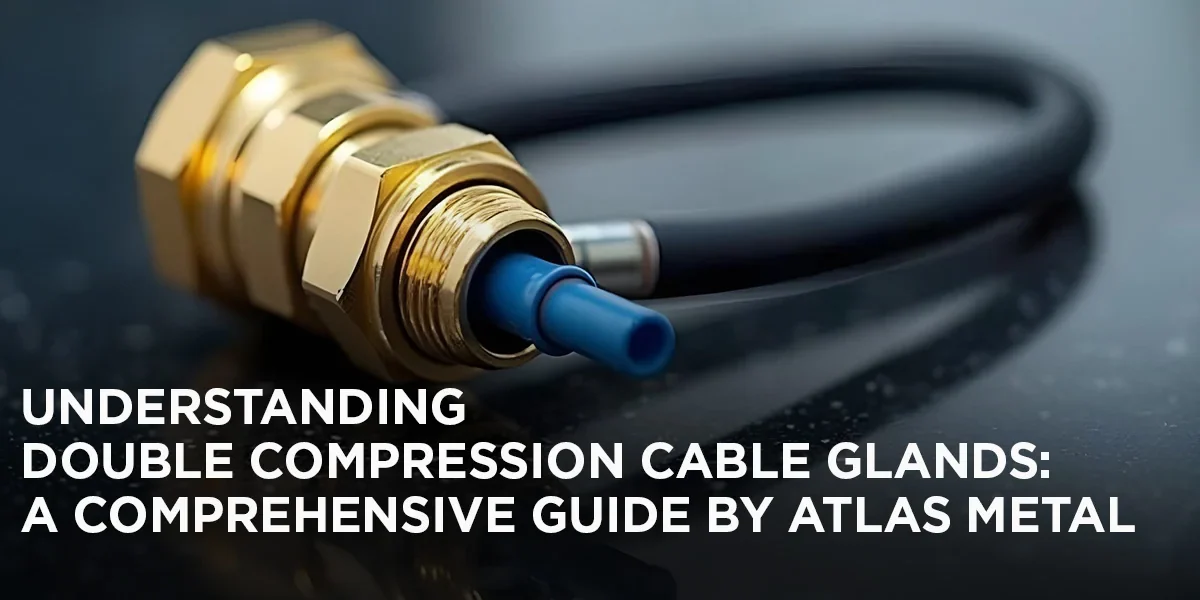
Jamnagar, located in the state of Gujarat, India, is widely known as the “Brass City of India.” Over the years, it has become a global hub for the manufacturing of high-quality brass components and fittings that cater to a broad range of industries, including plumbing, automotive, and industrial sectors. What sets Jamnagar apart is not just its scale of production but also the remarkable craftsmanship and attention to detail that goes into every brass fitting. As the demand for brass components continues to grow worldwide, brass parts manufacturers in Jamnagar are at the forefront of delivering durable, cost-effective solutions.
Whether it’s brass components Jamnagar or brass fitting manufacturers, this city plays a crucial role in meeting the needs of various industries by providing top-quality products that comply with international standards. This blog will explore the different types of brass fittings, their applications, and the leading manufacturers in Jamnagar who are shaping the future of this industry.
Brass fittings are essential components that connect different parts of piping and tubing systems in a variety of industries. Whether it’s for plumbing, gas, automotive, or industrial systems, brass fittings play a crucial role in ensuring the smooth flow of liquids and gases. The most common types of brass fittings include:
- Elbows: These are used to change the direction of the piping system. They come in various angles, such as 45° and 90°, and are essential for plumbing and industrial applications.
- Tees: Shaped like the letter “T,” these fittings allow the splitting of the flow of fluids into two directions. They are widely used in both residential and commercial piping systems.
- Couplings: Couplings are used to connect two pieces of pipe together. They are integral to maintaining the continuity of the flow in plumbing systems.
Each type of brass fitting has its own specific applications and benefits. For instance, brass fittings manufacturers produce elbows and tees that are commonly used in the plumbing industry for residential and commercial projects. Automotive manufacturers, on the other hand, use couplings to ensure secure connections in fuel and brake lines.
Given the corrosion-resistant and durable nature of brass, these fittings offer long-term reliability in harsh environments, making them ideal for both domestic and industrial purposes. Their versatility is unmatched, and with Jamnagar brass fittings leading the market, they have become indispensable across sectors.
Jamnagar has earned its reputation as a global leader in brass materials manufacturing, particularly for its contribution to the production of brass components and fittings. The manufacturing process here is marked by precision engineering, expert craftsmanship, and stringent quality control measures that ensure that every product leaving the factory meets international standards.
The city is home to several large and small-scale industries that specialize in brass components Jamnagar. These manufacturers offer a wide range of products, from simple brass fittings to complex components used in high-tech applications. The reason for Jamnagar’s success in this industry is its ability to maintain high standards of quality while offering competitive pricing.
The brass materials manufacturing process involves melting high-quality brass and casting it into different shapes and sizes, followed by precise machining and finishing. This level of expertise has made Jamnagar a preferred destination for companies looking for brass parts manufacturers in Jamnagar who can deliver bulk orders while maintaining quality.
Jamnagar is home to numerous top manufacturing companies that have established a solid presence in the global market. These companies offer a variety of brass components and fittings used in industries ranging from plumbing to automotive. Among the top brass companies in India, one name stands out: Atlas Metal Industries Pvt. Ltd.
As a leader in the brass components Jamnagar sector, Atlas Metal Industries has built a reputation for delivering high-quality products that meet the needs of diverse industries. With a commitment to quality and innovation, they have become a go-to choice for businesses seeking reliable brass fitting manufacturers. Their product range includes various brass fittings, such as couplings, elbows, tees, and other custom-made components designed to meet specific industrial requirements.
Brass fittings offer a range of benefits that make them the preferred choice in various industries. One of the key advantages of brass is its corrosion resistance. Unlike steel, brass does not rust, making it an ideal material for plumbing systems that come in contact with water or chemicals.
Moreover, brass fittings are highly durable, with the ability to withstand high pressures and temperatures. This makes them ideal for use in the automotive and industrial sectors, where reliability and long-lasting performance are crucial. In addition to their functional benefits, brass fittings also offer cost-effectiveness in the long run. Their durability means fewer replacements, reducing maintenance costs.
By choosing brass over other materials like plastic or steel, industries can benefit from a material that offers both superior performance and longevity, making brass fitting manufacturers a valuable partner in any project.
When it comes to brass components, quality is of utmost importance. Reputable brass parts manufacturers in Jamnagar adhere to strict quality standards and certifications, ensuring that their products are reliable and meet the specific requirements of different industries.
Most top manufacturing companies in Jamnagar follow ISO and other global certifications to ensure their brass components are safe, durable, and fit for industrial use. Choosing certified manufacturers is crucial, especially for industries that require components to function under extreme conditions, such as high pressure or temperature.
By selecting certified brass fitting manufacturers, businesses can rest assured that they are getting products that meet the highest standards of quality and safety.
Among the many brass components manufacturers in Jamnagar, Atlas Metal Industries Pvt. Ltd. stands out for its commitment to quality, customer satisfaction, and innovation. As one of the top brass companies in India, Atlas Metal has a wide range of brass fittings and components designed to meet the needs of various industries.
Their product portfolio includes everything from standard brass fittings to custom-made components tailored to specific industrial applications. Whether you’re looking for durable plumbing fittings or specialized components for automotive use, Atlas Metal Industries has the expertise and product range to meet your requirements.
The future of brass materials manufacturing in Jamnagar looks bright as demand for high-quality brass components continues to grow across the globe. With companies like Atlas Metal Industries Pvt. Ltd. leading the way, the city will continue to be a vital hub for the production of durable and reliable brass components that meet the needs of various industries.
For inquiries, reach us at sales@atlasmetalind.com or call us at +91-288 2730 944. Visit our website at https://atlasmetalind.com to learn more about our products and services
FAQs
How to choose the right brass fitting for industrial applications?
When choosing the right brass fitting for industrial applications, consider factors like the type of system (e.g., plumbing, gas, or hydraulic), pressure requirements, temperature range, and chemical compatibility. Always ensure that the brass fittings meet the required industry standards and certifications for the intended use. Additionally, consult with brass fitting manufacturers to select the correct size and type, such as elbows, tees, or couplings, based on the specific needs of your project.
Can brass fittings be used for gas lines?
Yes, brass fittings are commonly used in gas lines due to their excellent corrosion resistance and ability to withstand high pressures. They are particularly favored in residential and commercial gas systems because they provide a secure and long-lasting connection. However, always check local regulations and certifications to ensure the brass fittings meet safety standards for gas use.
What are the benefits of using lead-free brass fittings?
Lead-free brass fittings are designed to minimize health risks associated with lead exposure, particularly in water supply systems. They meet stringent health and safety standards, ensuring that water remains safe for drinking and other uses. In addition to being safer, lead-free brass offers the same durability, corrosion resistance, and reliability as traditional brass fittings, making them a preferred choice for plumbing systems where safety is a concern.
Are brass fittings suitable for high-temperature applications?
Yes, brass fittings are suitable for high-temperature applications, as they can withstand a wide range of temperatures without losing their strength or structural integrity. This makes them ideal for use in systems that handle hot water or steam, as well as in certain industrial settings where high temperatures are common.
How do I maintain and clean brass fittings?
To maintain and clean brass fittings, regularly inspect them for signs of wear or corrosion. Cleaning can be done using a solution of vinegar and water or a commercial brass cleaner to remove any tarnish or debris. It’s essential to avoid using abrasive materials that could scratch the surface of the brass. Proper maintenance ensures the longevity and performance of the fittings in any system.







